Exploring HOME: a guide to understanding Austin's latest housing ordinance
By Kyle and Rahul • Feb 6th, 2024
HOME
Local spotlight
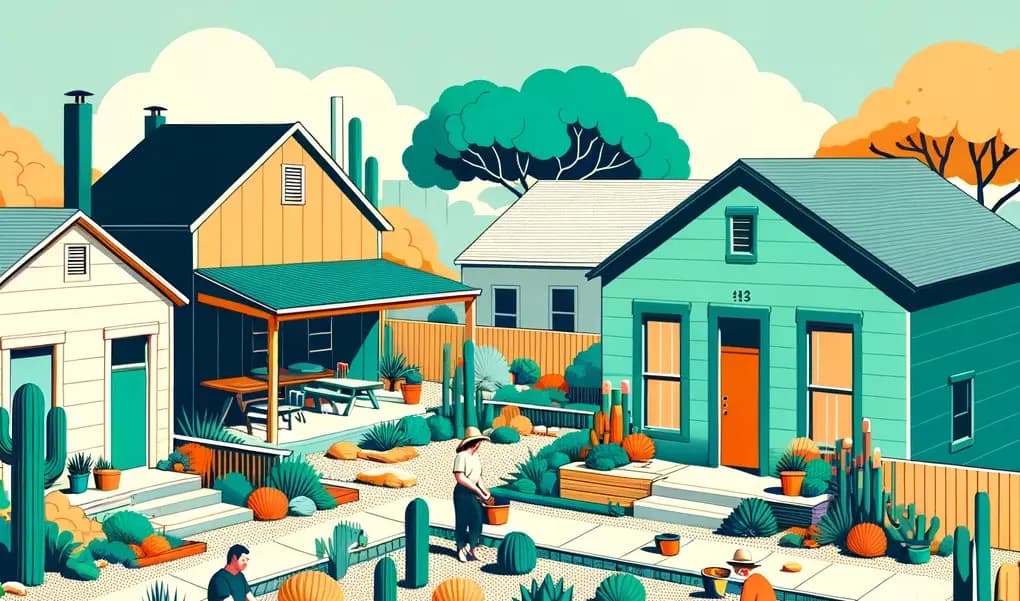
Before we begin, make sure to join our waitlist to stay up to date with all things HOME.
Table of contents
- What is HOME?
- Where does HOME apply?
- Determining development yield
- Housing and development types
- Who is HOME for?
What is HOME?
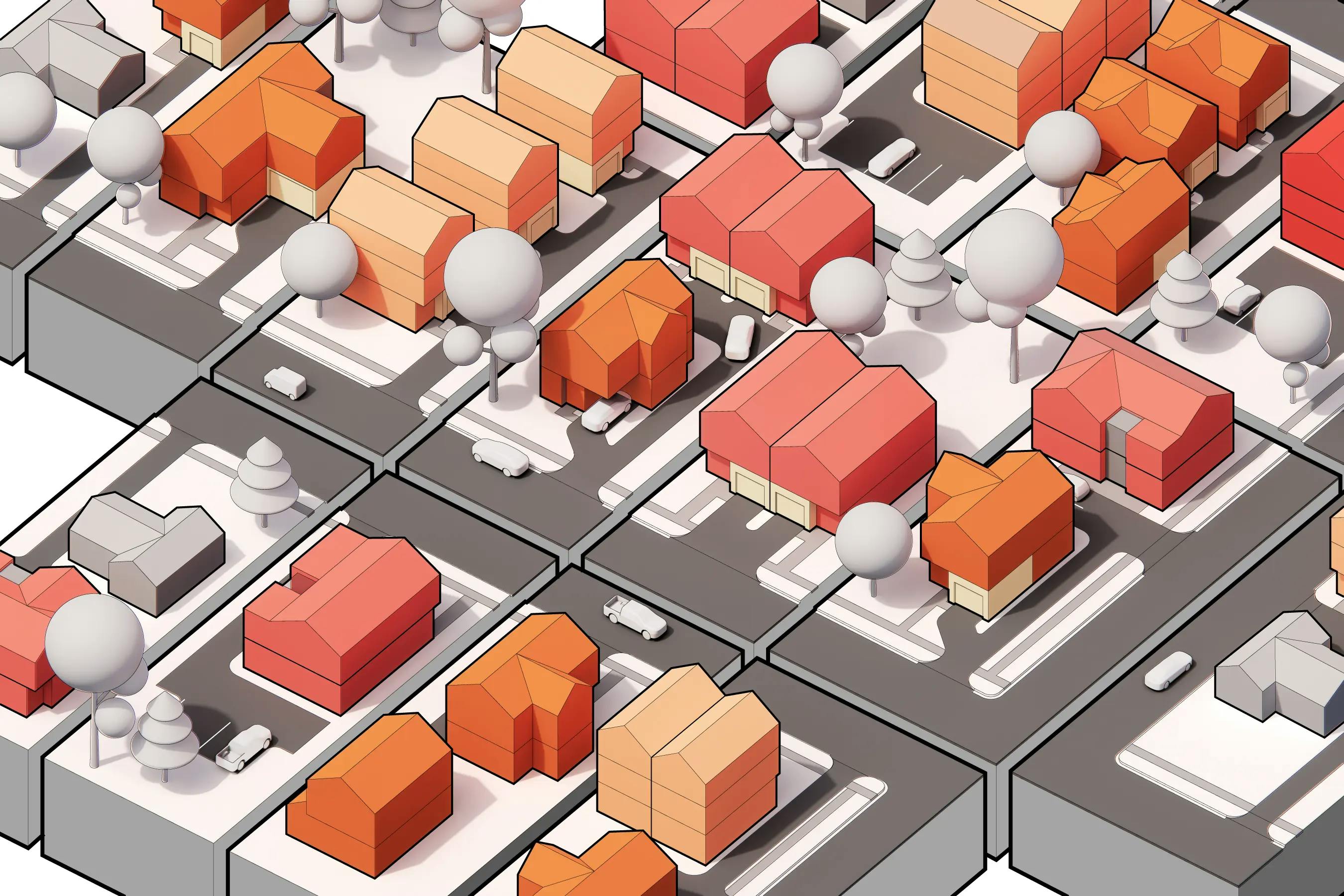
- The demand for diverse housing types and increasing the overall housing supply by increasing the City's supply of "missing middle" housing.
- Provide homeowners with additional flexibility and options for their properties. This includes the ability to accommodate family members, caregivers, or earn additional income by increasing the number of homes on their property.
- Include provisions for tiny homes, making it easier to install a small, affordable house on a property, which contributes to the diversity of housing options available and addresses affordability.
- Create preservation and sustainability bonuses to incentivize the conservation of existing homes, which helps maintain neighborhood character and reduces waste by keeping materials out of landfills.
- Encourage the creation of smaller, more affordable "starter homes" by regulating the size and scale of houses, thereby supporting first-time homebuyers and those seeking affordable housing options.
What HOME does:
- Allows three homes on properties zoned single-family (SF-1, SF-2, SF-3)
- Simplify regulations for building two homes on a single property
- Remove requirements for ADUs, duplexes, guesthouses
- Remove McMansion requirements for two/three unit uses (still required for one unit)
- Preserve existing homes with a bonus program
- Changes to occupancy requirements to remove limitations on the number of unrelated adults allowed to live together
What HOME does not do:
- Does not override site constraints or private limitations such as deed restrictions or HOA requirements
- 35' height limit remains in all zones
- Building cover and impervious area requirements remain unchanged
Updated development requirements
Minimum lot area
5,750 square feet
Minimum front yard setback
15 feet
Minimum rear yard setback
• Base zoning, or• 5 feet if adjacent to an alley or a use permitted in MF base zoning or less restrictive
Minimum street side yard setback for corner lots
• Lot located on a level 1 street — greater than 5 feet from the property line or 10 feet from the curb• Lot located on a level 2, 3, or 5 street — 10 feet from the property line
Minimum street facing entrances
1
Maximum building coverage
40%
Maximum impervious coverage
45%
FAR & square footage limitations
Required within McMansion boundaries
Where does HOME apply?
HOME applies to all properties zoned SF-1, SF-2, SF-3 within the Subchapter F — "McMansion zone". However, it does not override neighborhood planning district requirements nor private restrictions dictated by deeds, HOAs, etc.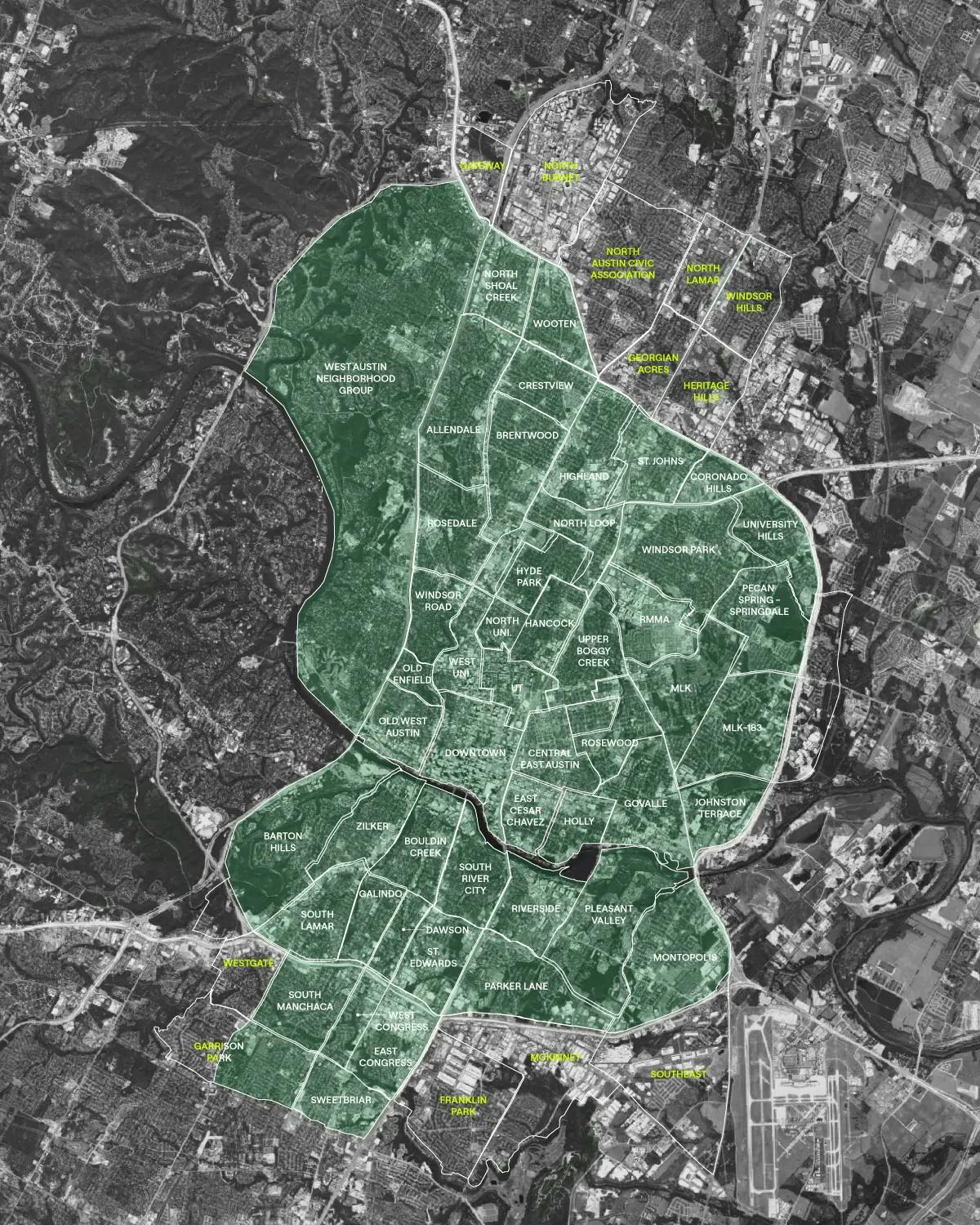
McMansion Zone
Determining development yield
HOME does not eliminate the potential for single-unit development projects, but it does introduce an FAR "gradient" that provides increased floor area with increasing number of units — an incentive to maximize the number of units that can be built on a property.One-unit
Per siteGreater of 0.40 Floor-Area-Ratio or 2,300 sqft.

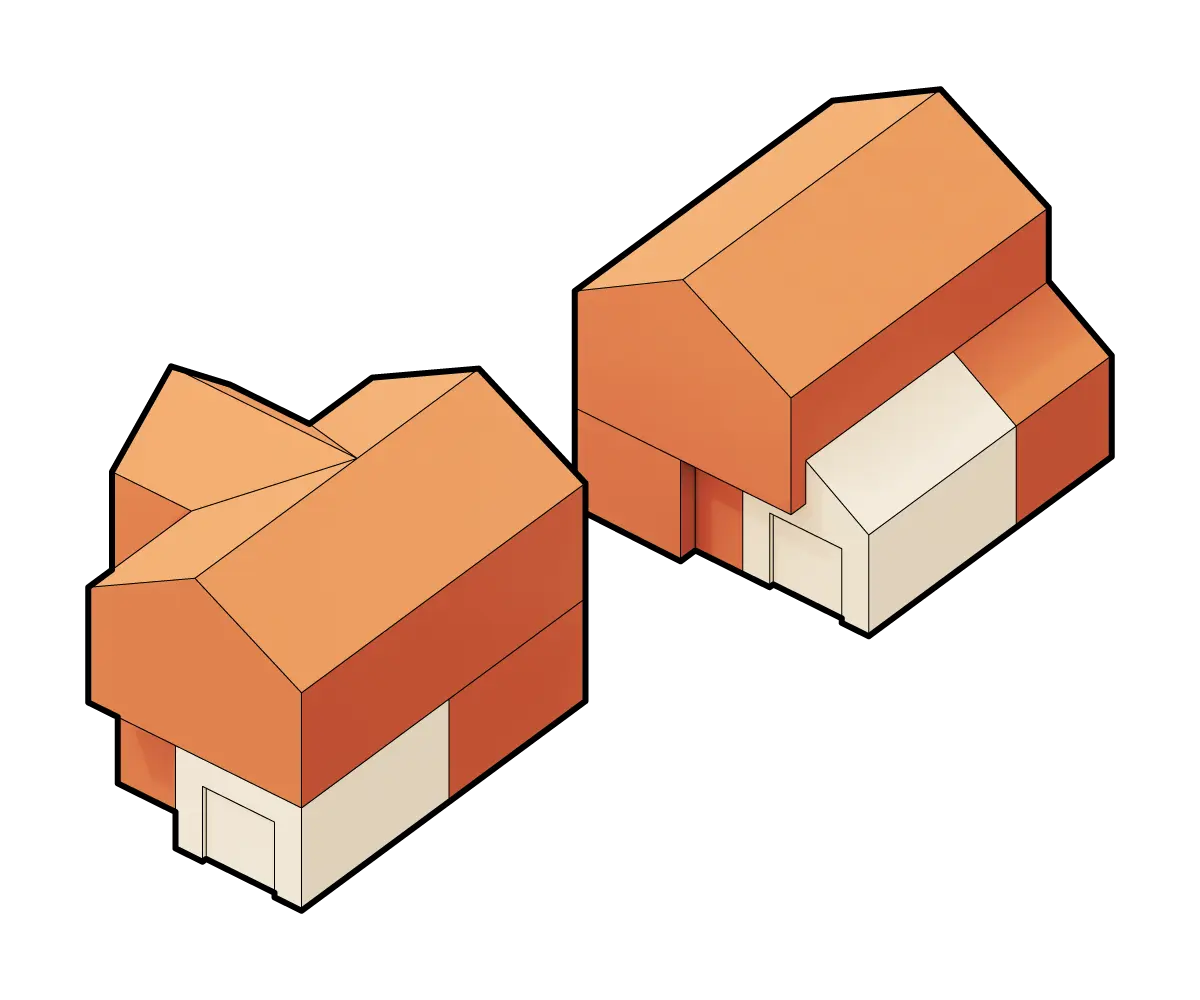
Two-unit
Per siteGreater of 0.55 Floor-Area-Ratio or 3,200 sqft.
Any single unitGreater of 0.40 Floor-Area-Ratio or 2,300 sqft.
Three-unit
Per siteGreater of 0.65 Floor-Area-Ratio or 4,350 sqft.
Any single unitGreater of 0.40 Floor-Area-Ratio or 2,300 sqft.
Any two unitsGreater of 0.55 Floor-Area-Ratio or 3,200 sqft.
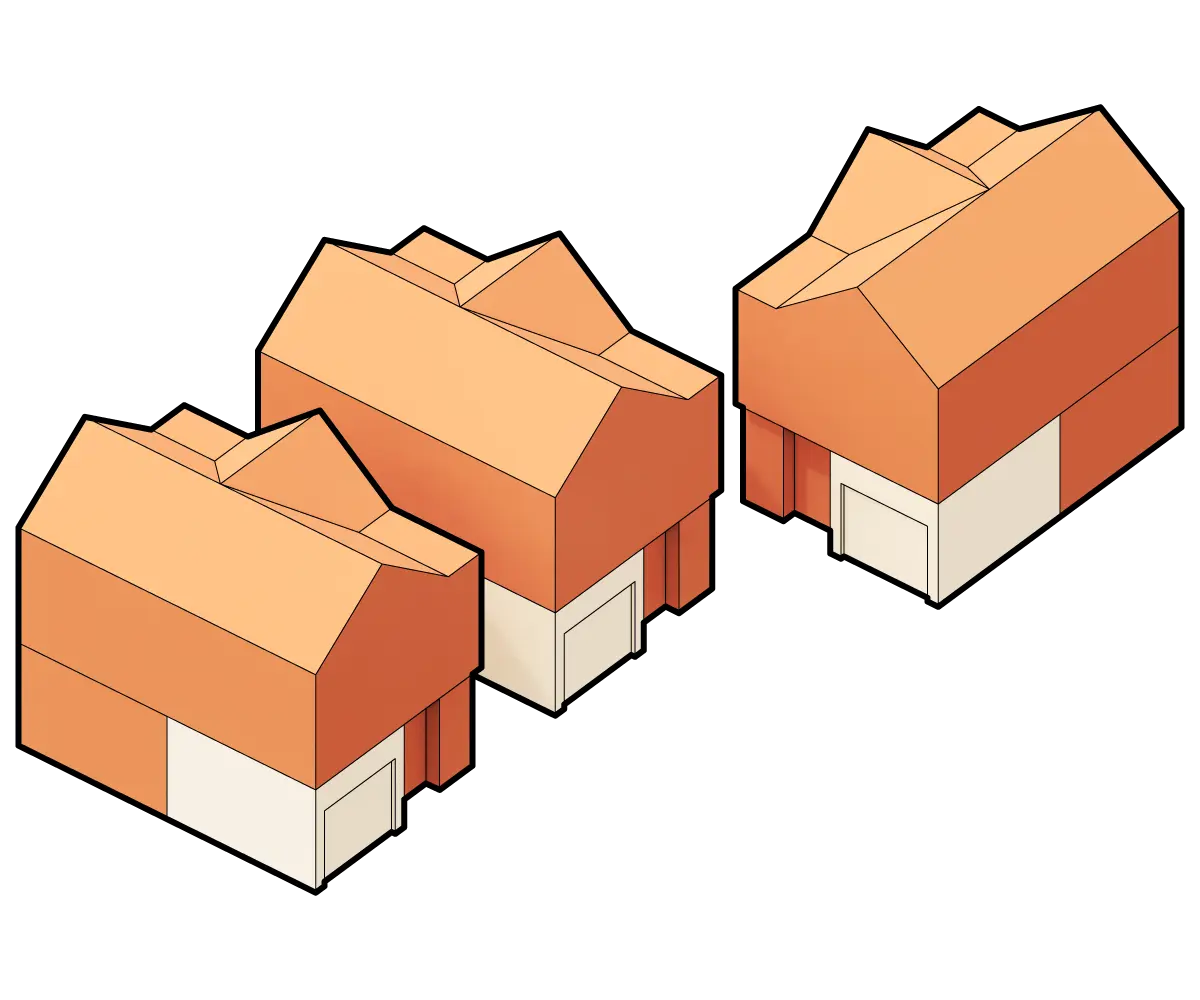
Frequently asked questions about what can be built with HOME
How does it differ from the previous code requirements?
Previously Floor-Area-Ratio (FAR) requirements were held constant at 0.40 regardless of whether one or two units were being built on a property.Where did the new area requirements come from?
City Council and staff worked closely with professional organizations such as the American Institute of Architects (AIA) and the Homebuilders Association (HBA), among many others, to understand how the unique characteristics of Austin's neighborhoods and development patterns aligned with other peer cities. The expertise provided by these organizations allowed the City to benchmark peer zoning reforms to understand how Austin's regulations could be adjusted to encourage similar density without adverse environmental impacts, displacement, and significant changes to the character and quality of existing neighborhoods.What is included in the new Floor-Area-Ratio (FAR)?
Before HOME's reforms, understanding what was included in the calculation of a project's floor-area-ratio was complicated and included numerous exemptions that were hard to achieve. HOME dramatically simplifies the process by eliminating all exemptions, and now simply requires the inclusion of all enclosed built area (including garages).How does HOME affect short-term rentals?
The short-term rental regulations introduced apply specifically to homes constructed after October 1, 2015. Under these rules, properties classified as duplexes or with two-unit usage are restricted such that one of the units cannot be rented out for more than 30 days within a year. Similarly, for properties with three-unit usage, two of the units are subject to the same rental limitation, not being allowed to serve as rentals for more than 30 days annually. These requirements aim to regulate the use of residential properties for short-term rental purposes, balancing the need for temporary lodging options with the maintenance of stable residential neighborhoods.What about ADUs?
Accessory Dwelling Units are no longer defined as a use by the LDC and instead have been replaced by a broader array of use definitions. This simplifies the maximum unit size limitations and a whole host of design standards.- Group Residential - use of a site for occupancy by 16 or more adults
- Multifamily Residential - use of a site for four or more dwelling units
- Tiny Home - dwelling unit that is 400 sf or less (further allowances to be made in Phase II of HOME)
Housing and development types
Before HOME, the housing types available to build on single-family properties were limited to detached units and duplexes. Now a much wider array of options are available, and when combined with the recent elimination of parking requirements, the design possibilities for urban infill housing on single-family properties are wide open. We've cataloged 15 viable scenarios here, but there are likely many more — watch this blog for updates.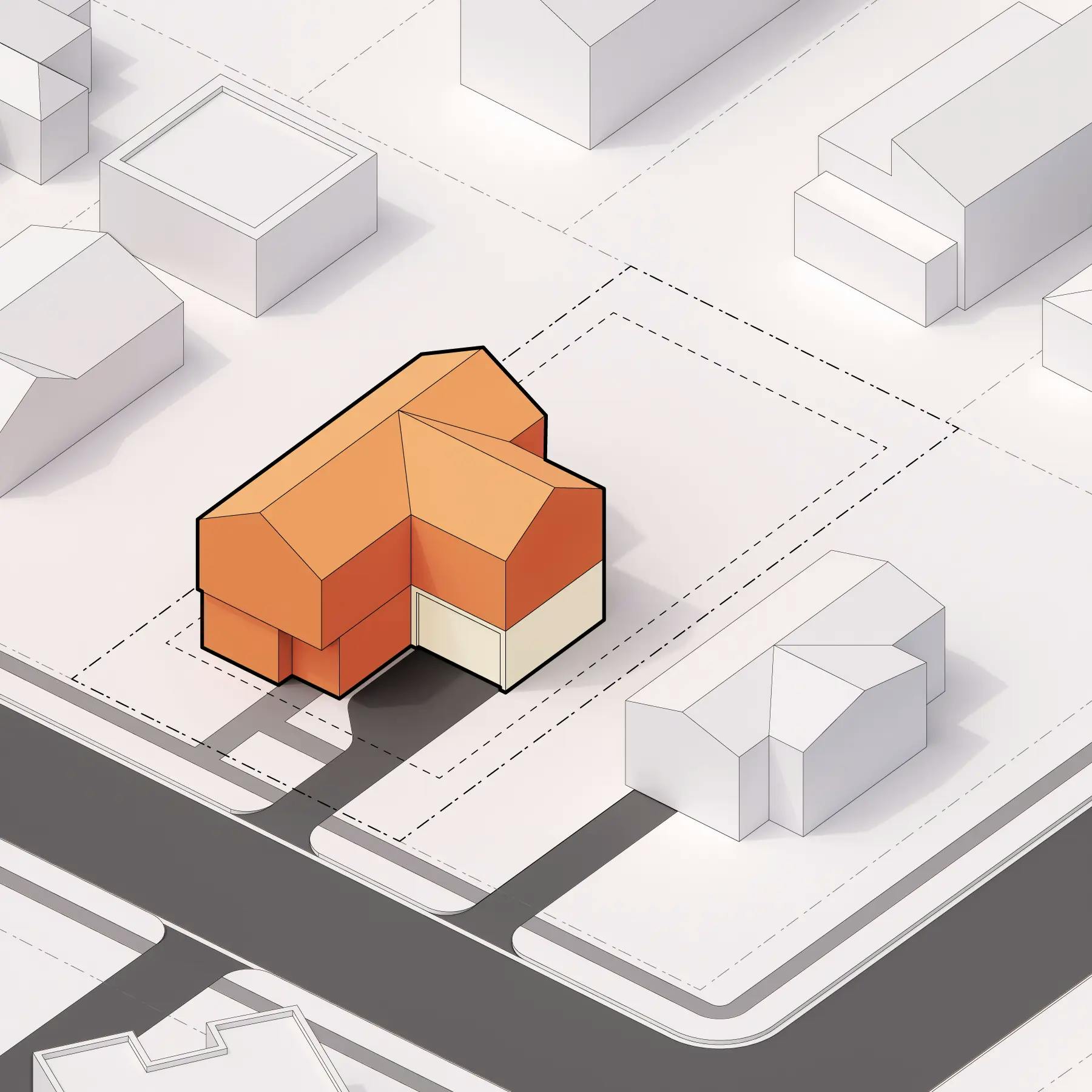
Single-family residence
FAR - 0.4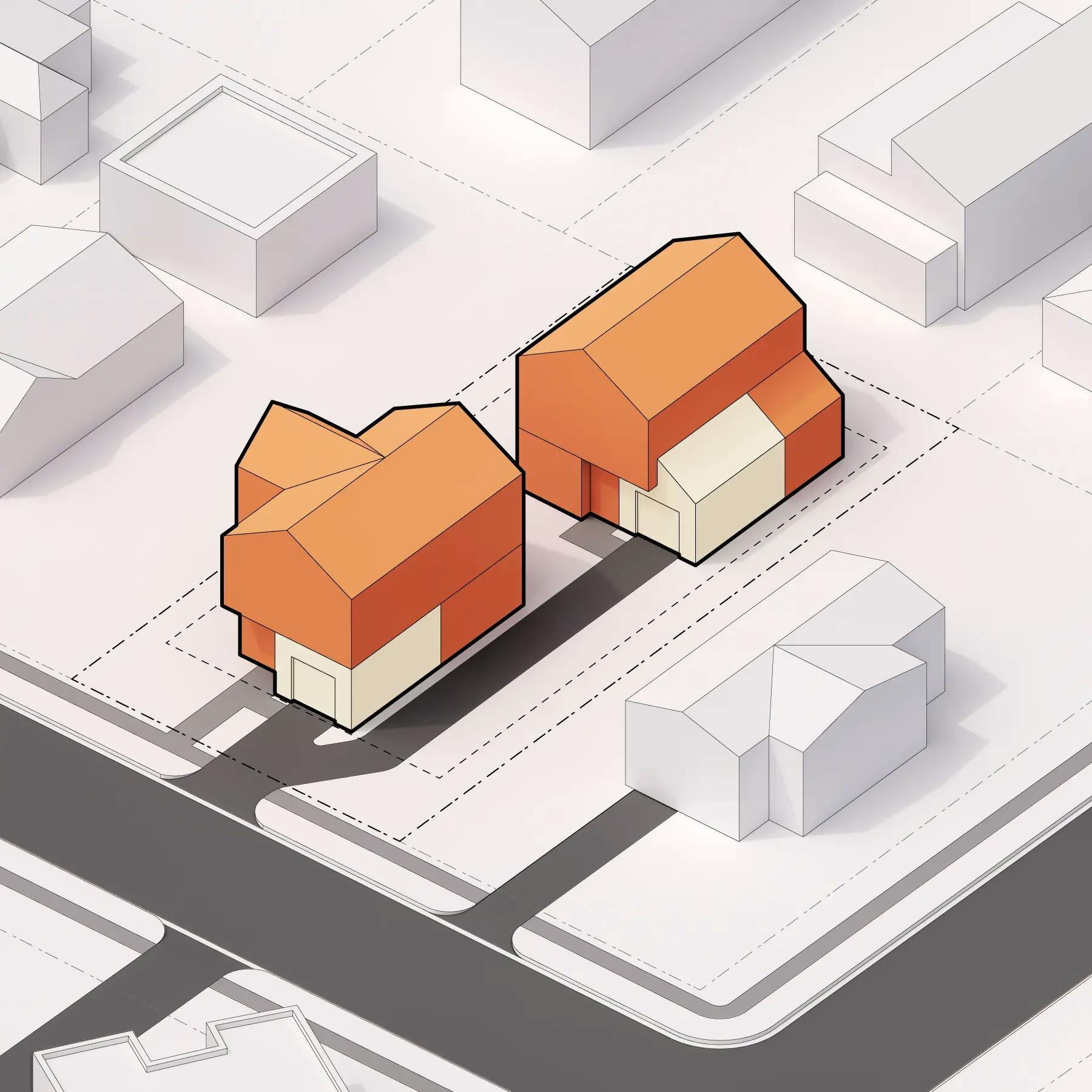
Single-family residence
Single-family residence
FAR - 0.55
Existing structure
Single-family residence
FAR - 0.55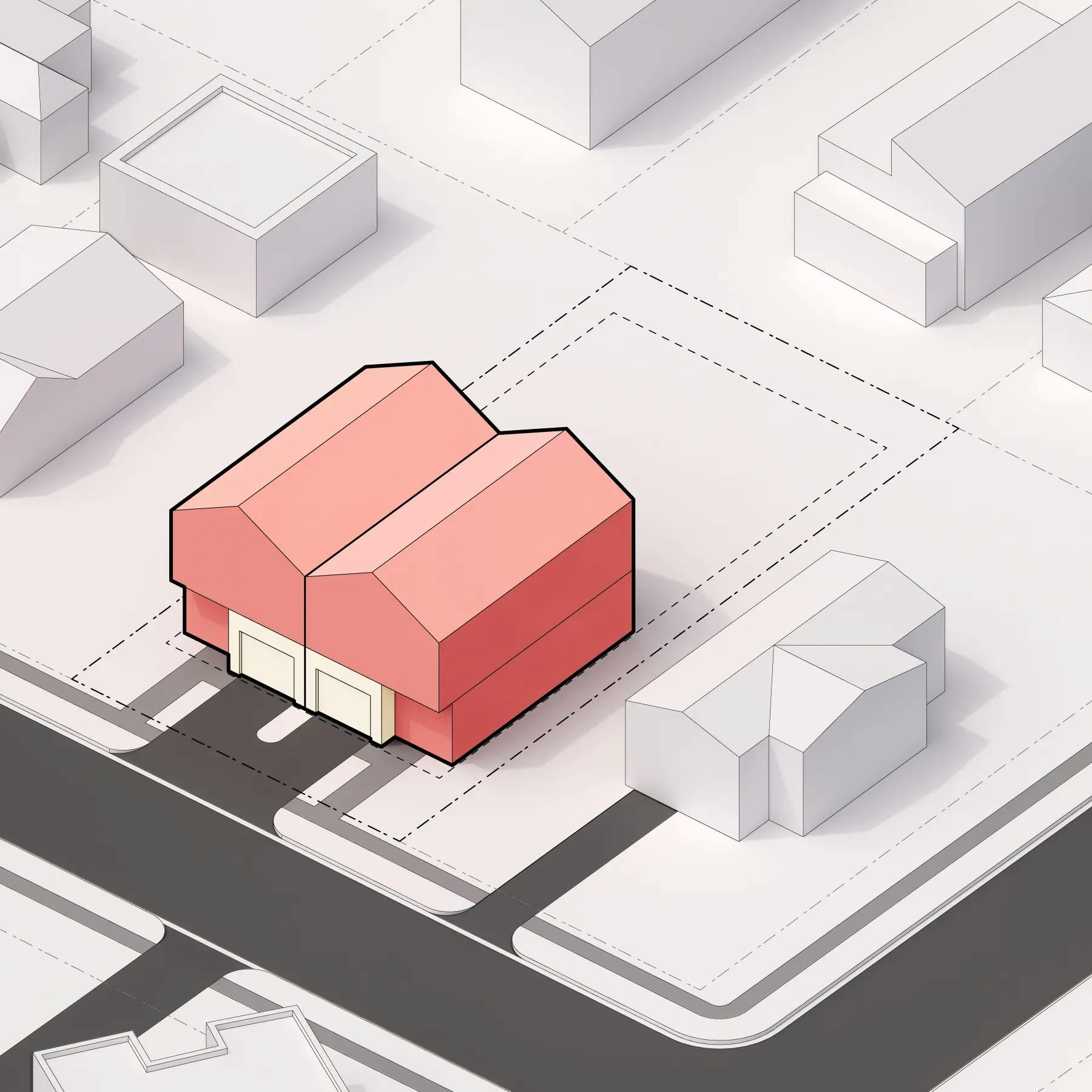
Duplex
Duplex
FAR - 0.55
Stacked Duplex
Stacked Duplex
FAR - 0.55
Existing structure
Townhome - Attached
Townhome - Attached
FAR - 0.65
Single-family residence
Single-family residence
Single-family residence
FAR - 0.65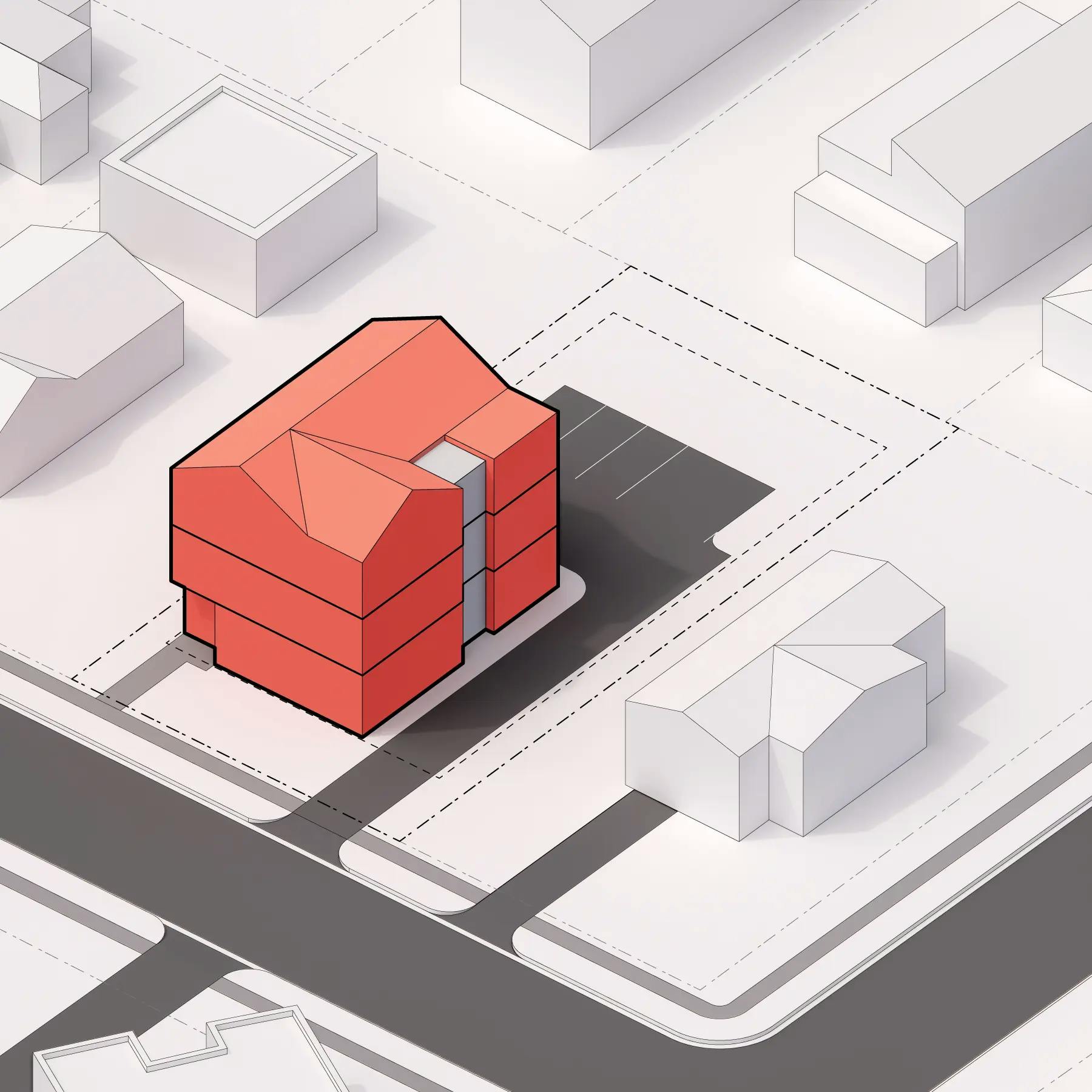
Stacked Triplex
Stacked Triplex
Stacked Triplex
FAR - 0.65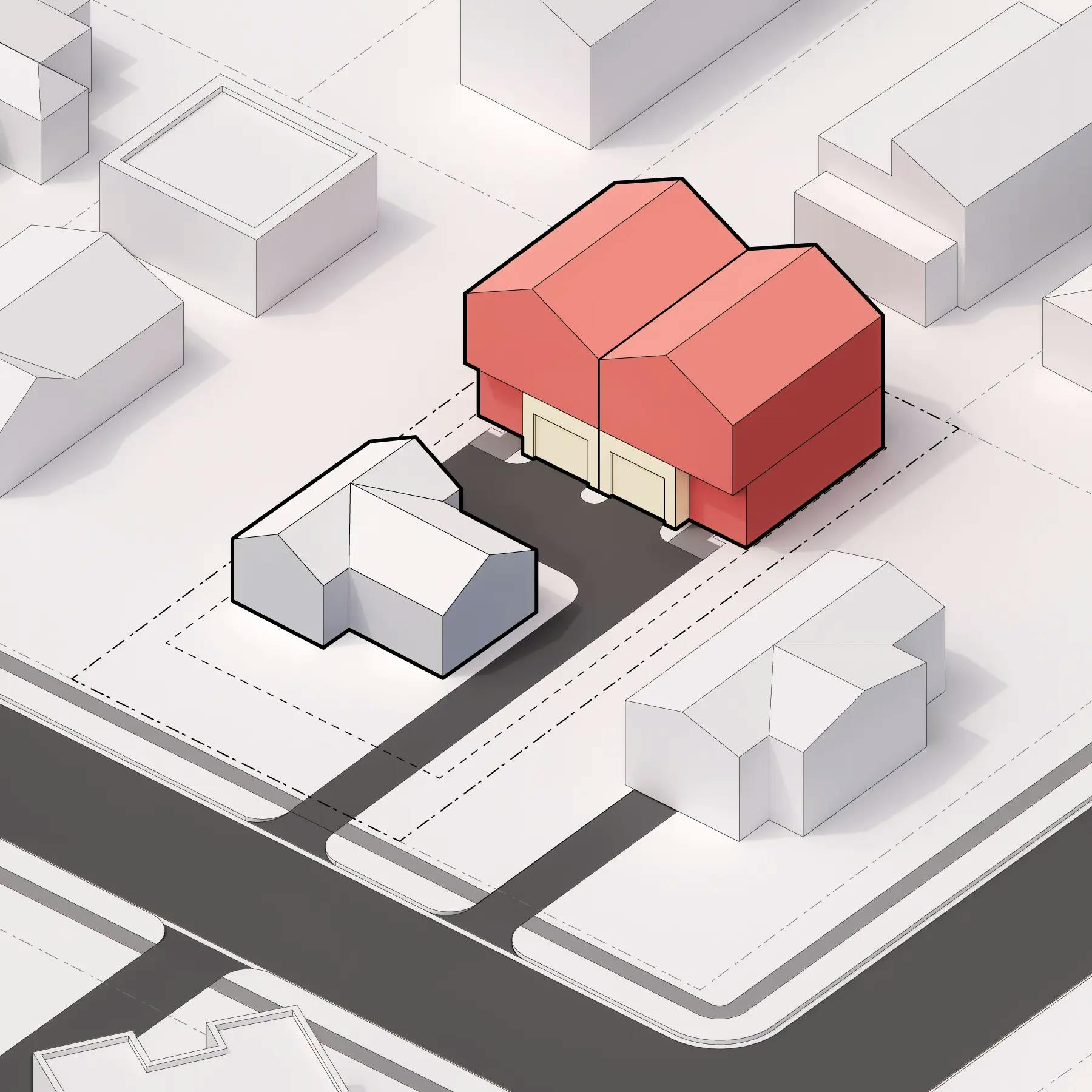
Existing structure
Duplex
Duplex
FAR - 0.65
Existing structure
Stacked Duplex
Stacked Duplex
FAR - 0.65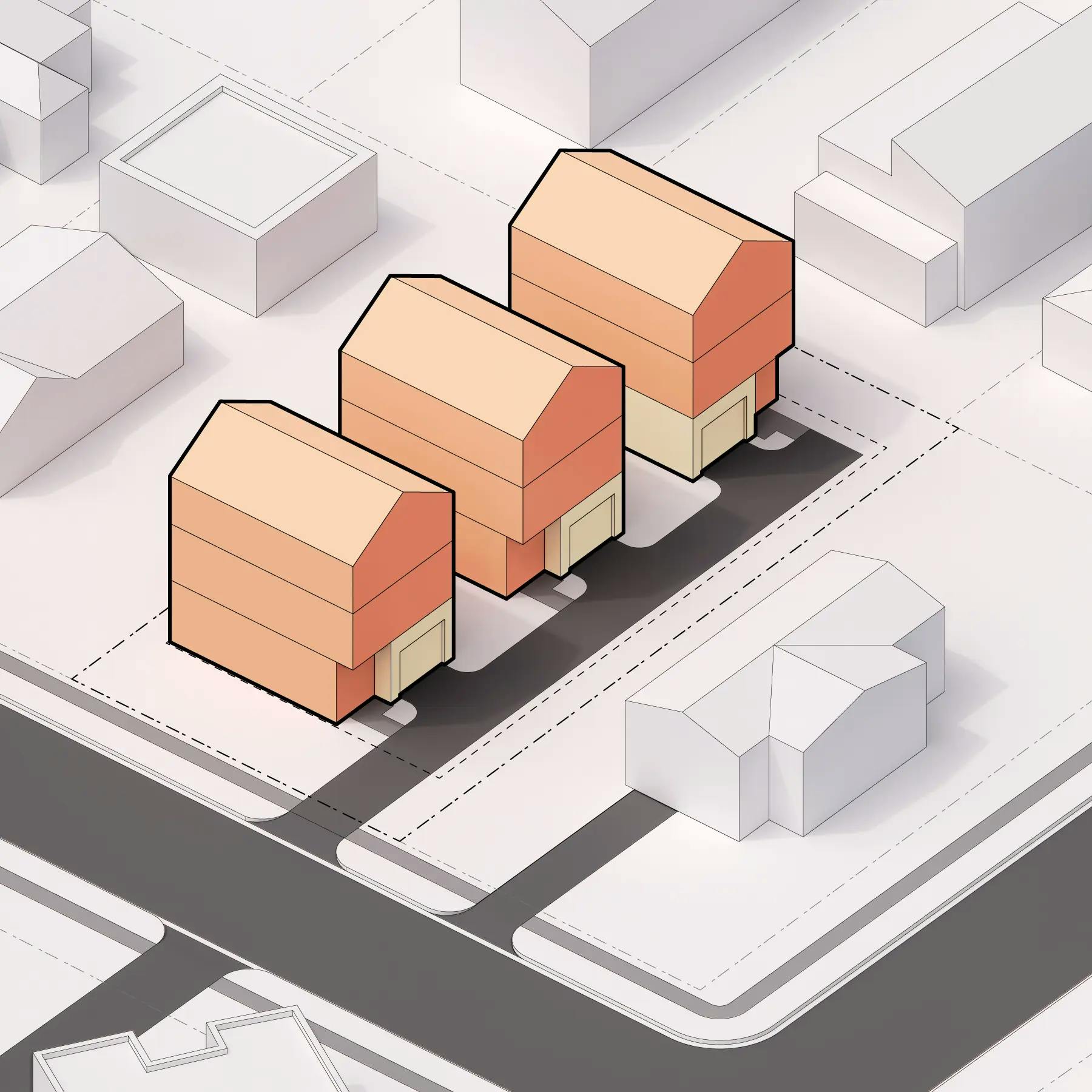
Townhome - Detached
Townhome - Detached
Townhome - Detached
FAR - 0.65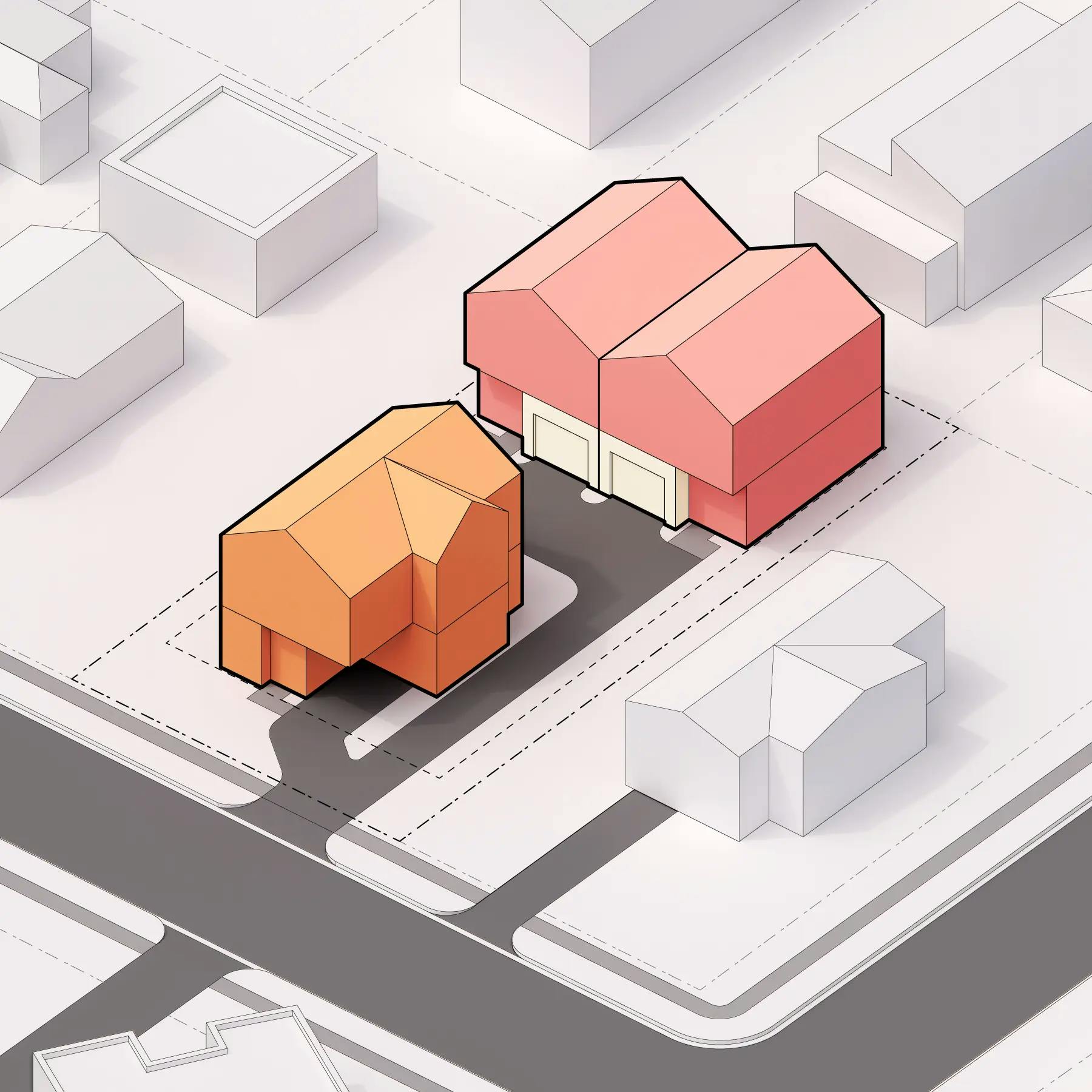
Single-family residence
Duplex
Duplex
FAR - 0.65
Single-family residence
Stacked Duplex
Stacked Duplex
FAR - 0.65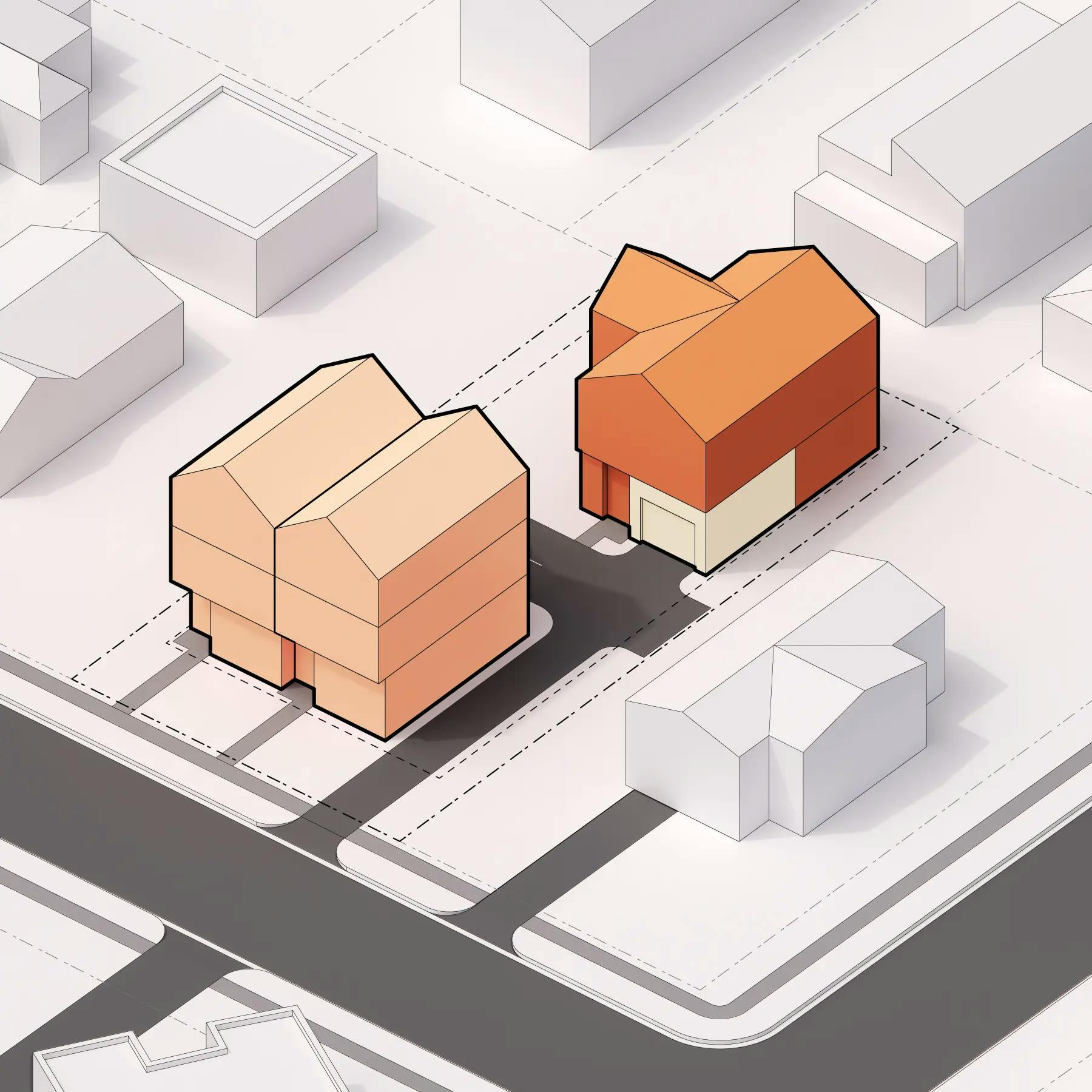
Townhome - Attached
Townhome - Attached
Single-family residence
FAR - 0.65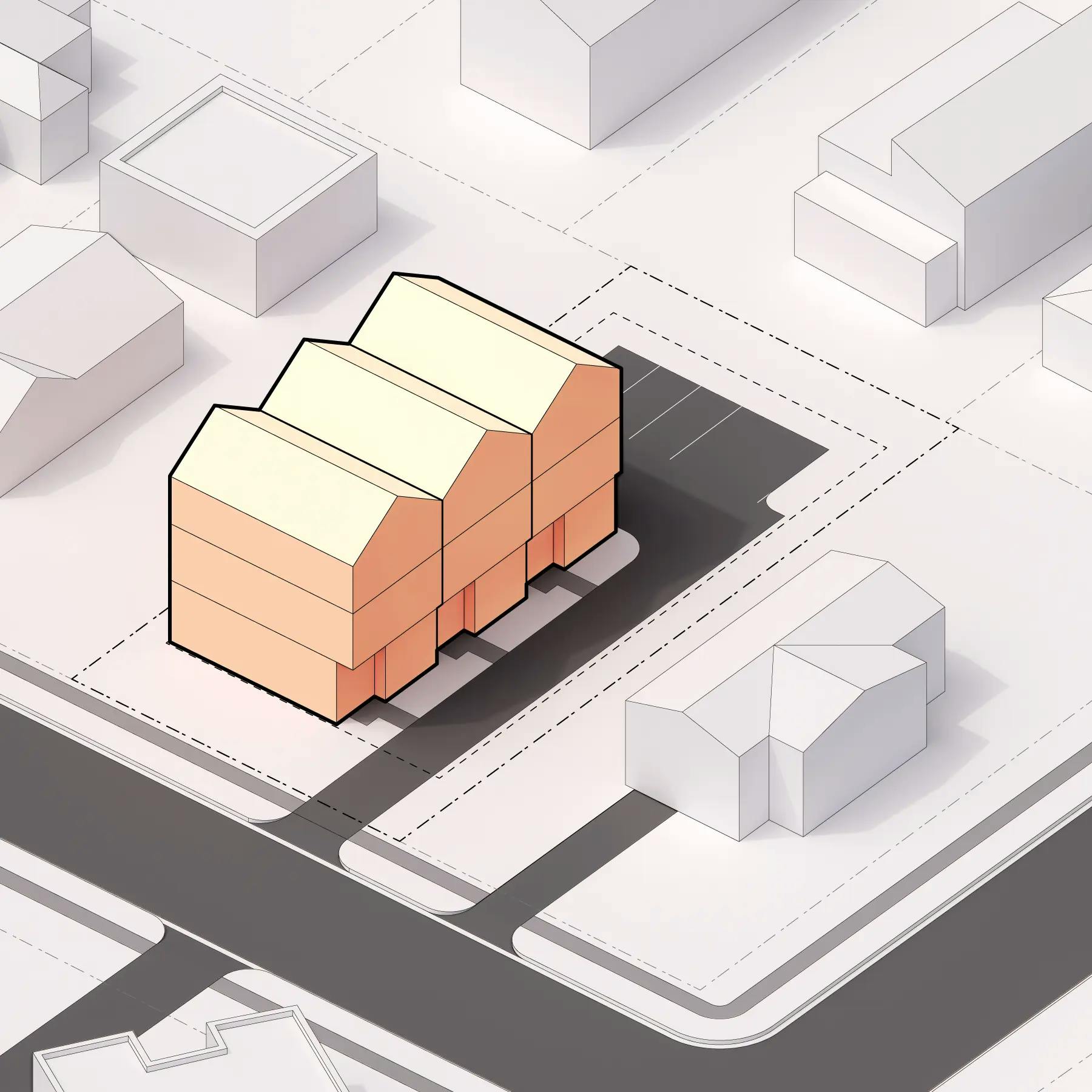
Townhome - Attached
Townhome - Attached
Townhome - Attached
FAR - 0.65Who is HOME for?

01
Market Driven Developers
05-Feb-24HOME Phase-1
01
Market Driven Developers
GoalsThe primary objectives are to maximize profit, minimize costs, and achieve financial gain while maintaining a good reputation and simplifying the development process.
BenefitsThe key benefit of this strategy lies in the fact that when the construction of additional units leads to higher yields, it incentivizes the building of more units. This, in turn, can lead to the creation of more housing opportunities in the future.

02
Community Driven Developer
05-Feb-24HOME Phase-1
02
Community Driven Developer
GoalsThe primary goals are to maximize the number of affordable housing units, preserve the character of neighborhoods, and prevent the displacement of current residents. These objectives are particularly pertinent to Community Housing Development Organizations, Neighborhood Development Corporations, and Non-profit Developers.
BenefitsKey benefits include reduced construction costs through land cost spreading and greater flexibility to meet diverse household needs.

03
Existing Homeowners
05-Feb-24HOME Phase-1
03
Existing Homeowners
GoalsThe objectives are centered on ensuring housing stability, preventing displacement, generating income, keeping property within the family, and securing future generations' needs. This is especially important for long-time and first-time homeowners, retirees, and family trusts.
BenefitsBenefits include financial empowerment through increased revenue, offsetting property tax increases, and the ability to adapt properties to changing family structures and needs with flexible living unit options.

04
Citizens
05-Feb-24HOME Phase-1
04
Citizens
GoalsThe goals emphasize the empowerment and vibrancy of living in a growing city with walkable, mixed-use neighborhoods that foster healthier, more social environments. This aligns with the American dream of housing abundance and supports family and multi-generational living in cities encouraging diverse uses.
BenefitsThe overarching benefit is that citizen empowerment leads to economic empowerment, suggesting that these goals enhance both individual and community well-being.
A special shout out to...
- ULI Austin Working Group
- AIA Austin Housing Advocacy Panel
- Ron Thrower
- Scott Turner
- AURA
- Texans for Reasonable Solutions
Cedar Platform
Subscribe to the Arboretum to stay up to date with every tree posted by Cedar